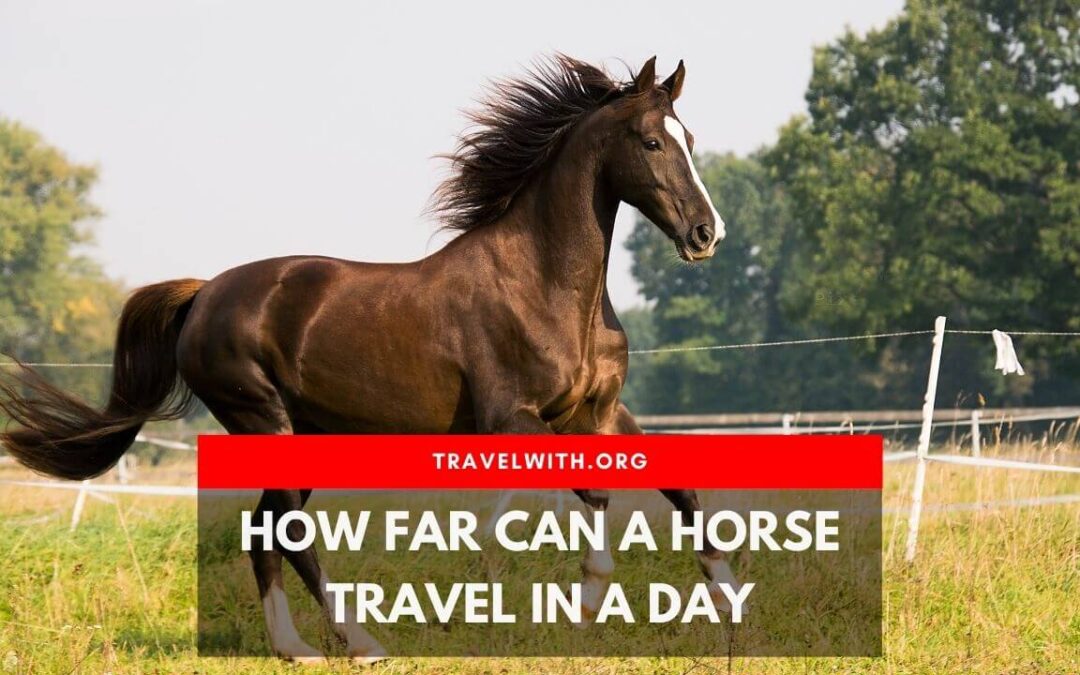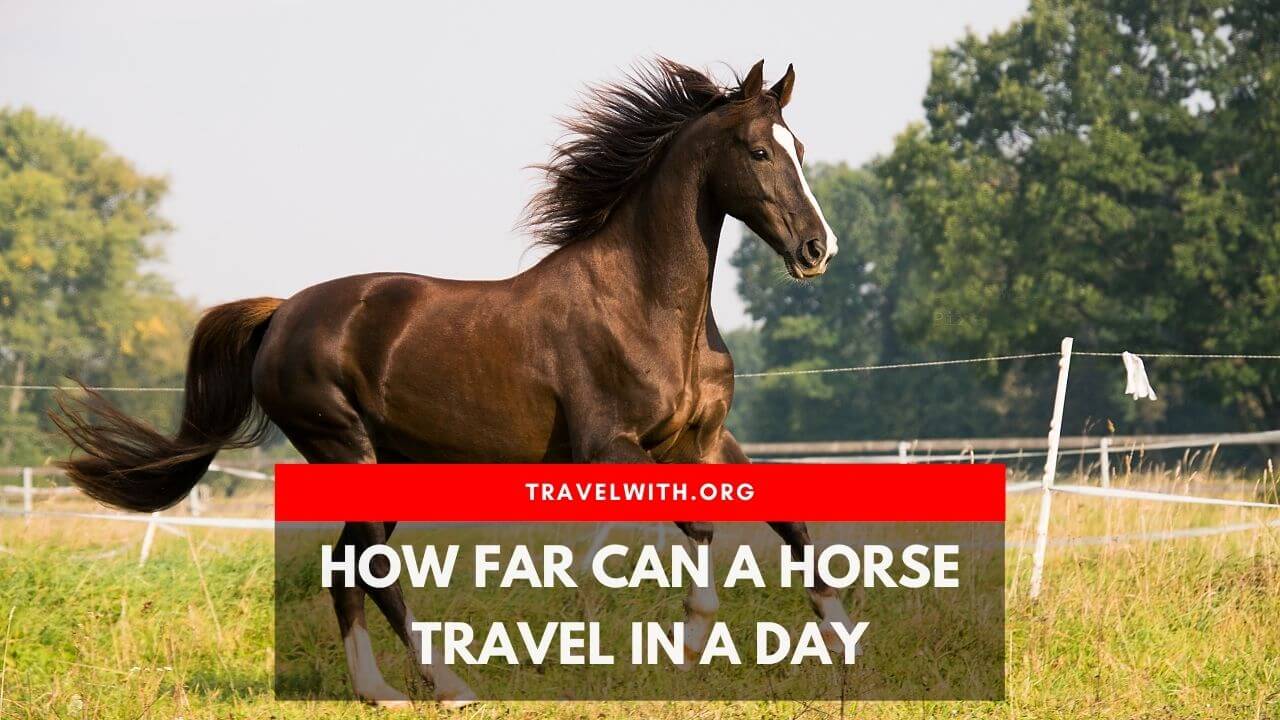You’ve probably heard the expression “It’s a day’s drive away” but what does it actually mean? What is the maximum distance a horse can travel in one day? Truth is that there is no single answer. This article will discuss several factors that could affect how far a horse is able to travel in a given day.
The last 100 years have seen horse ownership change
Our cars are our only means of getting around. Regular maintenance is a must, such as oil changes, fluid checks and tire rotations. Horses were the main source of transportation over 100 years ago. Horses were considered tools that required the best care, maintenance and fitness. Good equine condition and health was a necessity for every farmer. This is similar to how mechanics today understand the requirements to keep vehicles running smoothly. Therefore, horses of the past were able to travel further than modern-day horses.
One Day Trip vs. Consecutive Days Trip vs. One Day Trip
Riders had to consider how long the trip would take years ago as they do today. A healthy horse can average 25 to 35 miles per day. You should travel this distance at a slower pace with frequent water breaks. But, if a horse is asked to maintain this pace for more than a day, it can cause health problems.
Breeding vs. Backyard Horse, vs. Seasoned Equine Athlete
These three categories are the majority of horses.
1. “Breeder’s herd”
These horses are part of selective breeding programs that facilitate desired breed characteristics. These horses are confined to their own pastures and travel very short distances. A mare that is large can be restricted in her ability to travel far due to the many years of raising foals. To travel 25 miles per day, it would require some conditioning.
2. The backyard horse.
These horses can be considered family members or pets. Robert Hilsenroth DVM, executive director at Morris Animal Foundation, was asked how horse ownership has changed over the past 100 years. He said, “Horses were leaving farms, being boarded and becoming pets. Their value has changed from being a function of horsepower to one that is based on love and companion power.
Healthy and sound backyard horses can often travel 25 to 35 miles per day. With some conditioning, you can easily travel fifty miles per day. It is important that the rider assesses the horse’s physical condition before taking a backyard horse for a ride of 35+ miles.
3. The veteran athlete.
These horses are trained and conditioned to excel in their respective disciplines. It doesn’t matter what event it is: barrel racing, working cow horse, reigning, three-day-eventing, reining, working cow horses, barrel racing or any other. All the same care and attention that human athletes would receive for their horses is given to these equine athletes.
Horses can travel a great distance in a single day when they are conditioned to race endurance races. Endurance races can range from 50 to 100 miles. Yousuf Al Beloushi, an 11-year-old horse, won the 100-mile race. They covered 17 miles an hour and finished the race in 5:45.44 seconds
Conditioning for a riding discipline
We must consider the horse’s ability to maintain a discipline when asking if an equine sportsman can travel 50+ miles per day. Does the horse need to be able to run at a moderate speed, similar to a racehorse or sprinter? Is the horse required to walk in a steady, controlled manner like a dressage horse? Do they jump over cross-country jumps in the fastest time possible? Are they able to do quick side-to-side moves, similar to a cutting horse? You could go on and on.
Each discipline has its own specific requirements for conditioning a healthy horse. Good nutrition is the most important thing. Then comes regular training and a good body conditioning program.
Each discipline has its own needs. Endurance conditioning requires a lot more time and care in order to keep horses healthy over 50+ mile races.
Travelling on Different Terrains
It can make a huge difference what terrain you travel on. Flat, open terrain will make it easier and more efficient than traversing hilly or mountainous terrain.
Proper equipment for horses
A horse and rider’s ability to travel a great distance in a single day can be affected by the equipment they use. A poorly fitting saddle can lead to severe muscle problems and painful skin rubs. Problems can also be caused by a bridle with a too tight or harsh bit.
Horses must have the right shoes for the terrain. It can be a great way to shorten a ride. This is especially true when the terrain is rough or the horse is very tender-footed.
It is important to keep equipment in good condition. It could lead to a very long journey home if a billet strap (English or latigo strap) breaks.
Last Thoughts
There are many factors that can impact how far a horse is able to travel in a single day. The average horse’s distance traveled 100 years ago has been significantly different than the horse that travels today. The horse’s condition and health is the most important thing.


